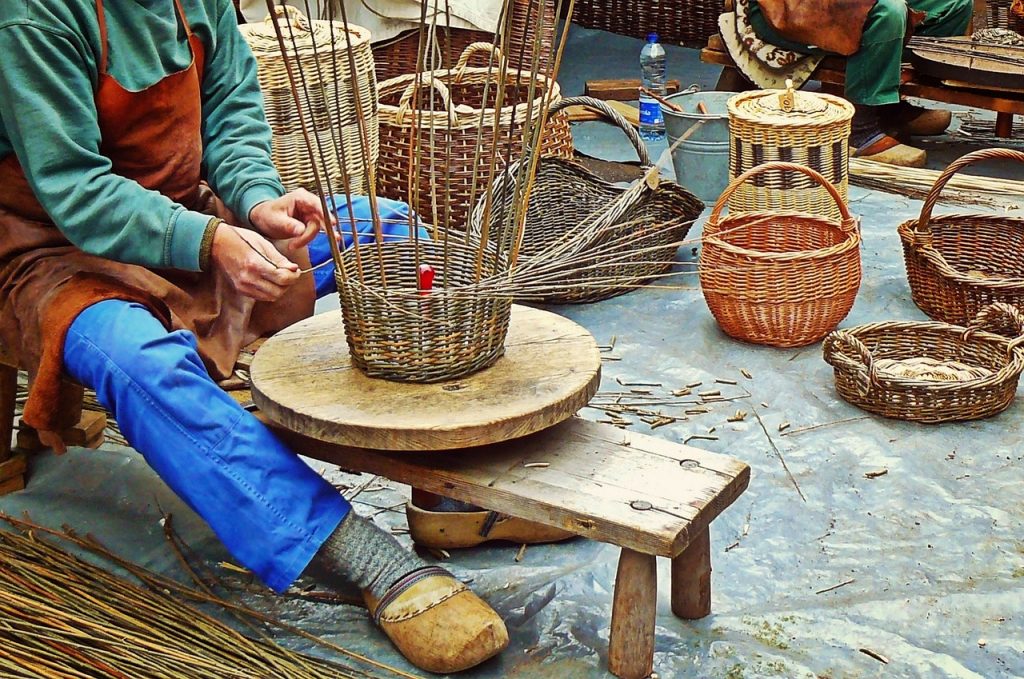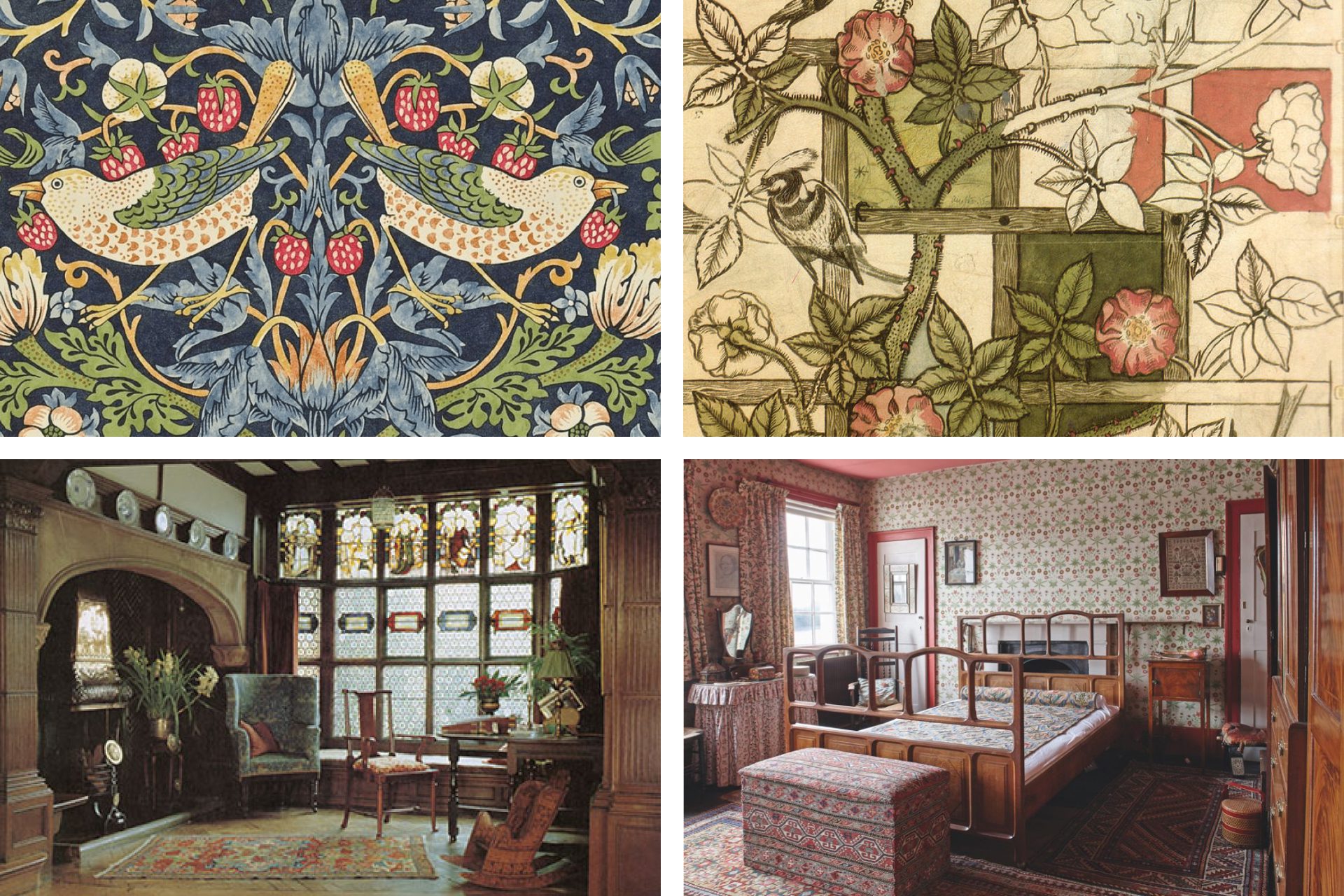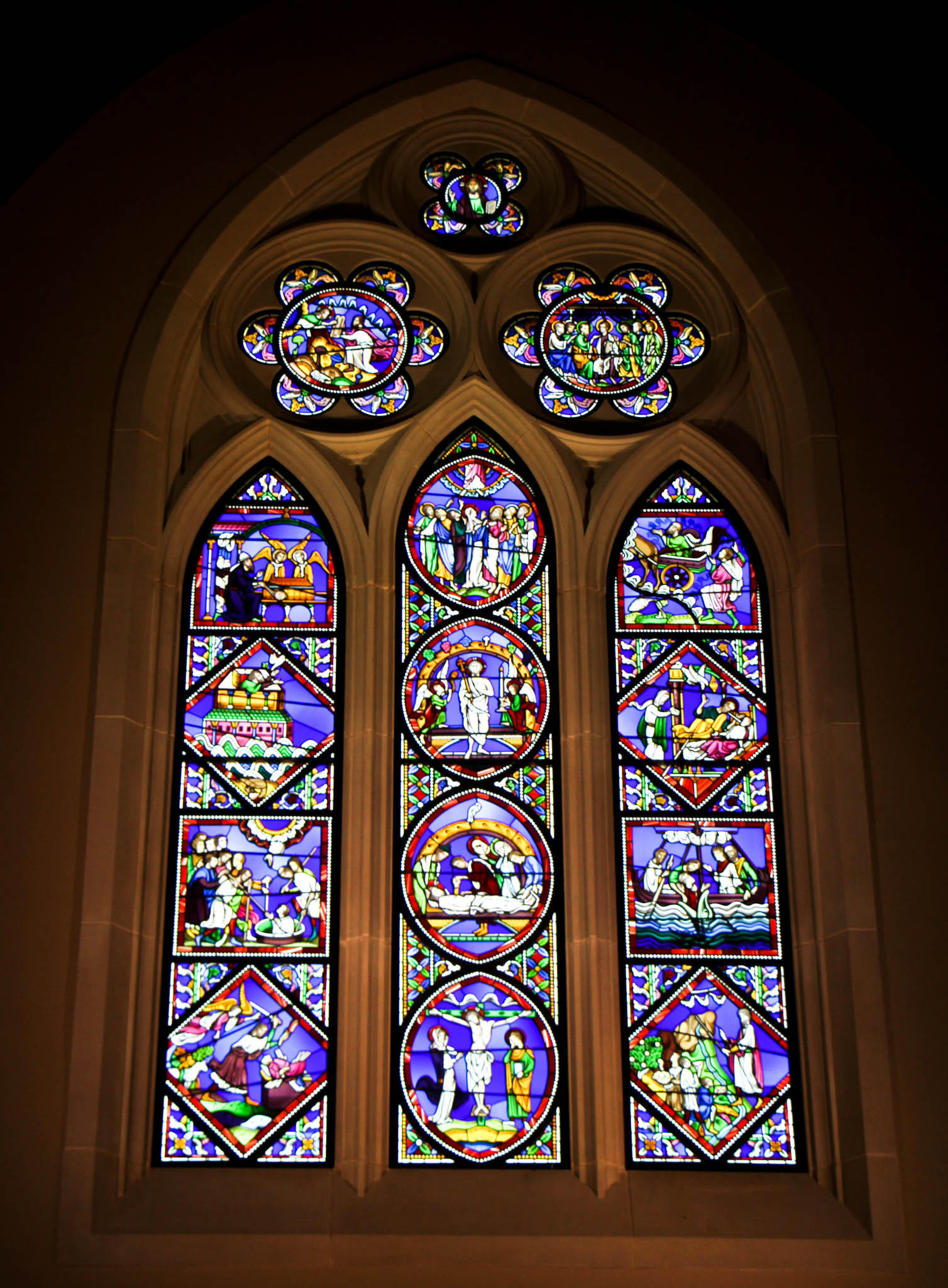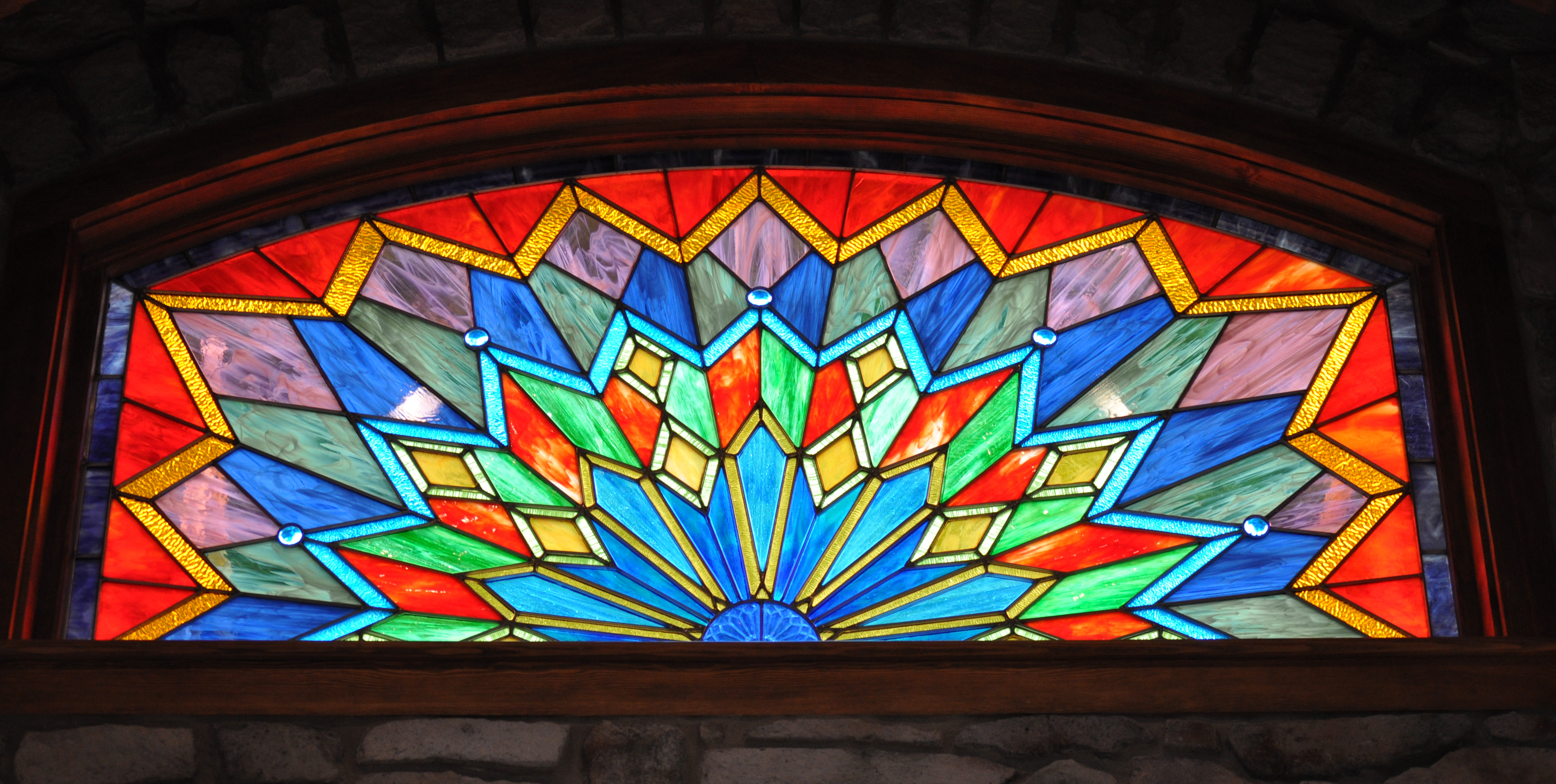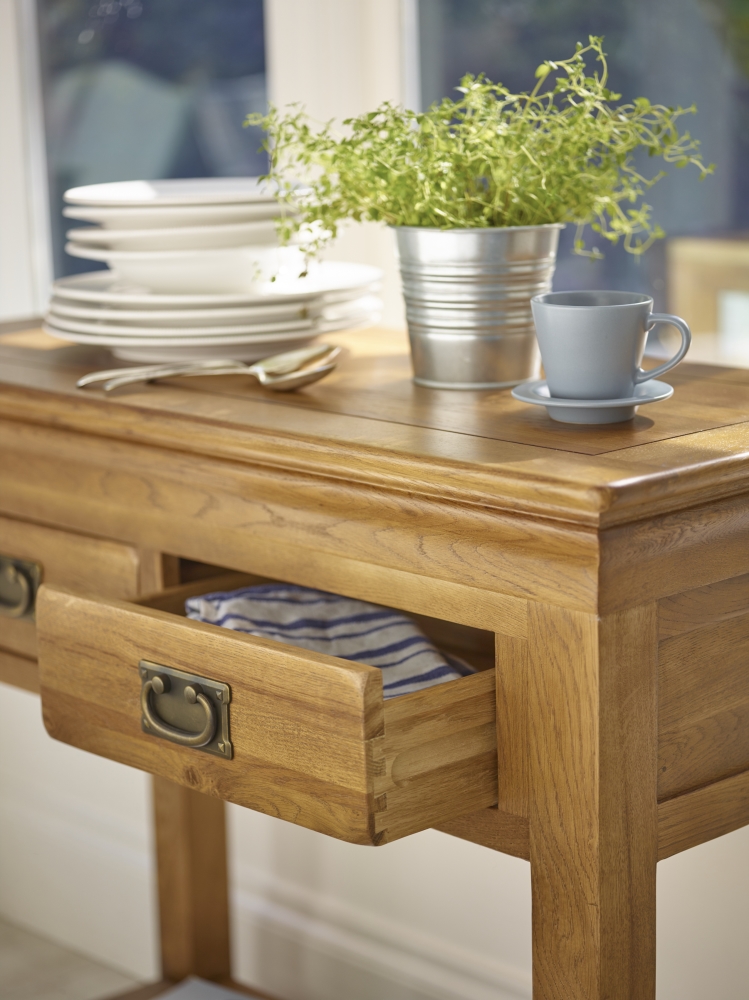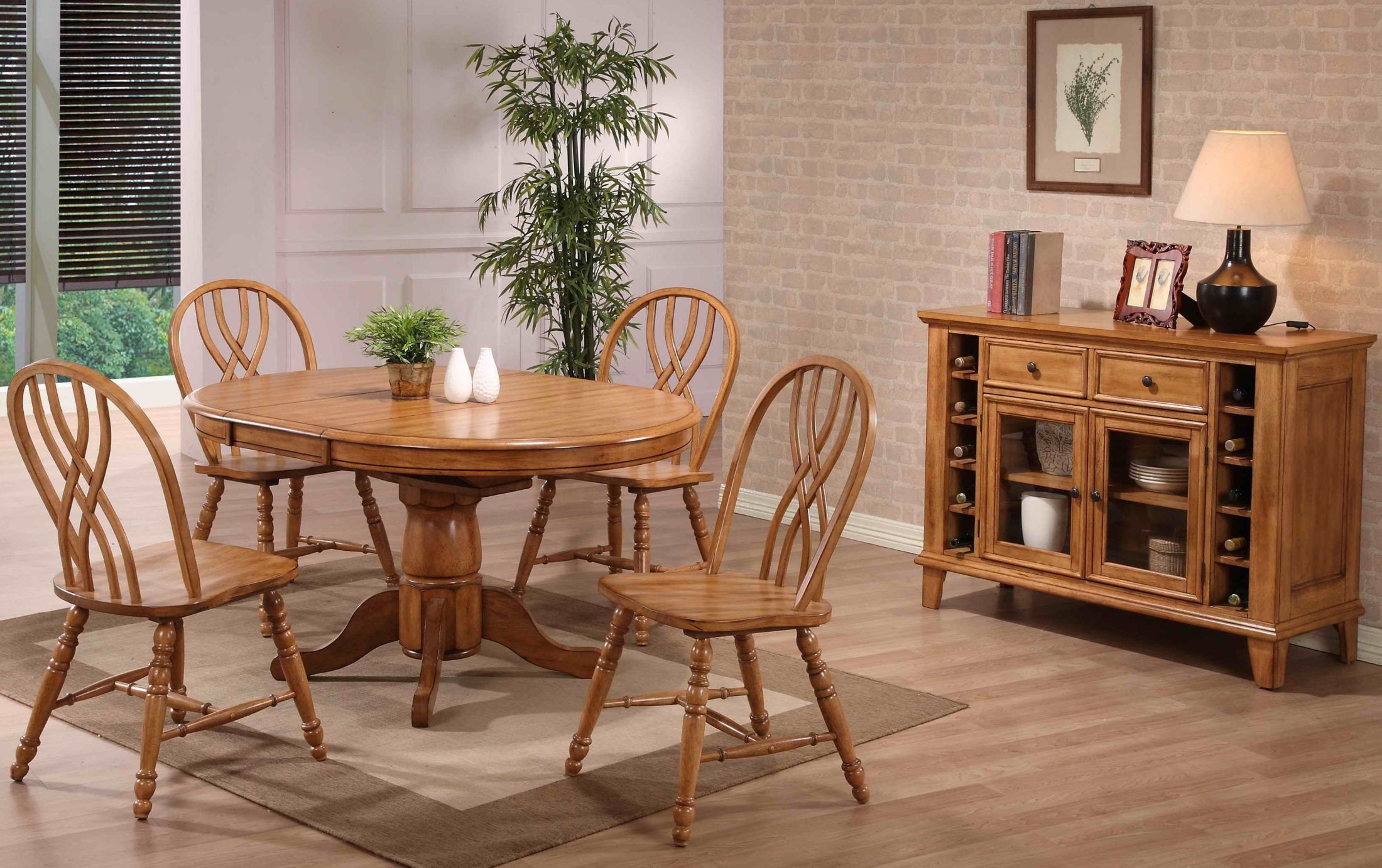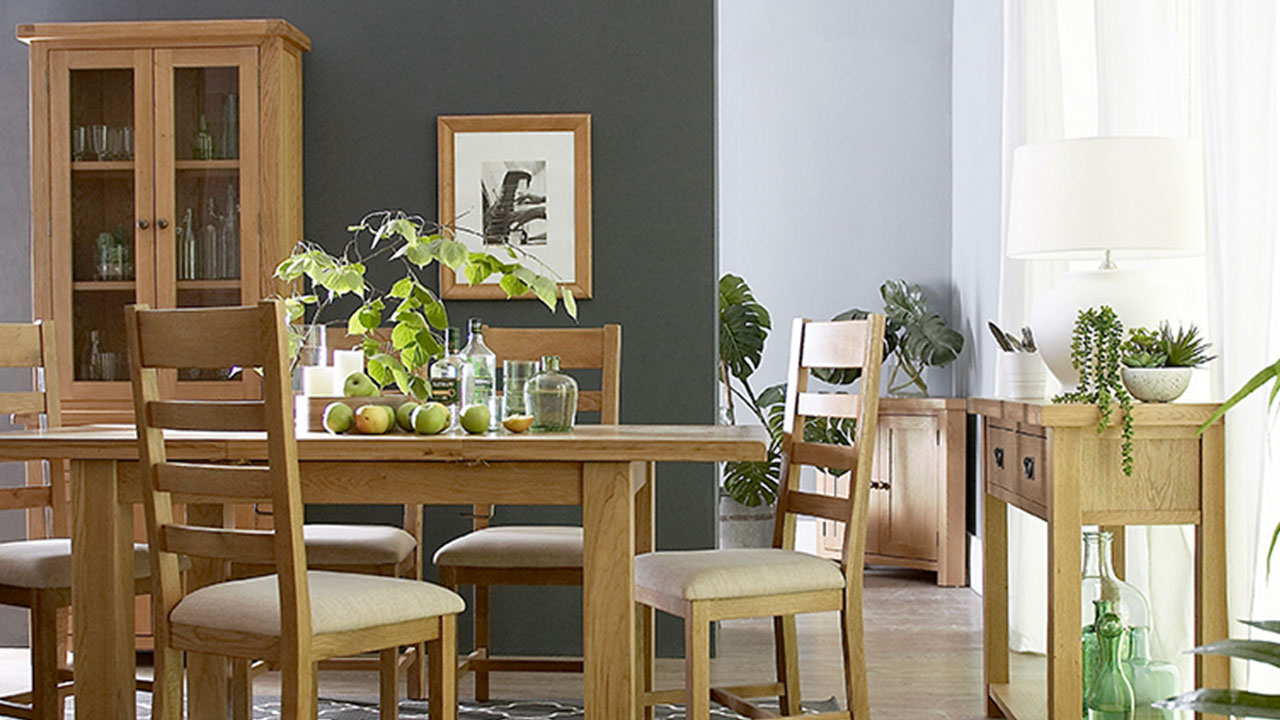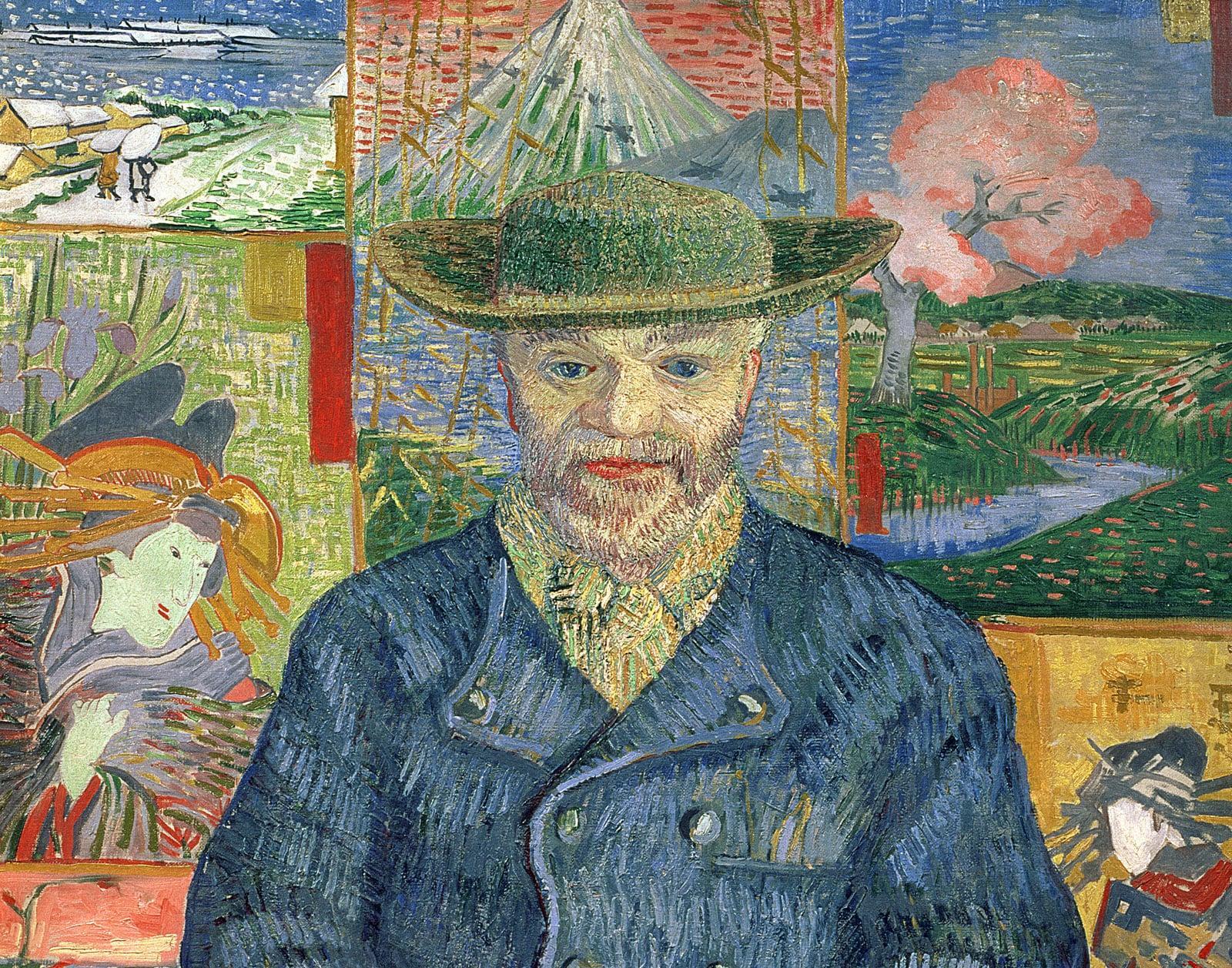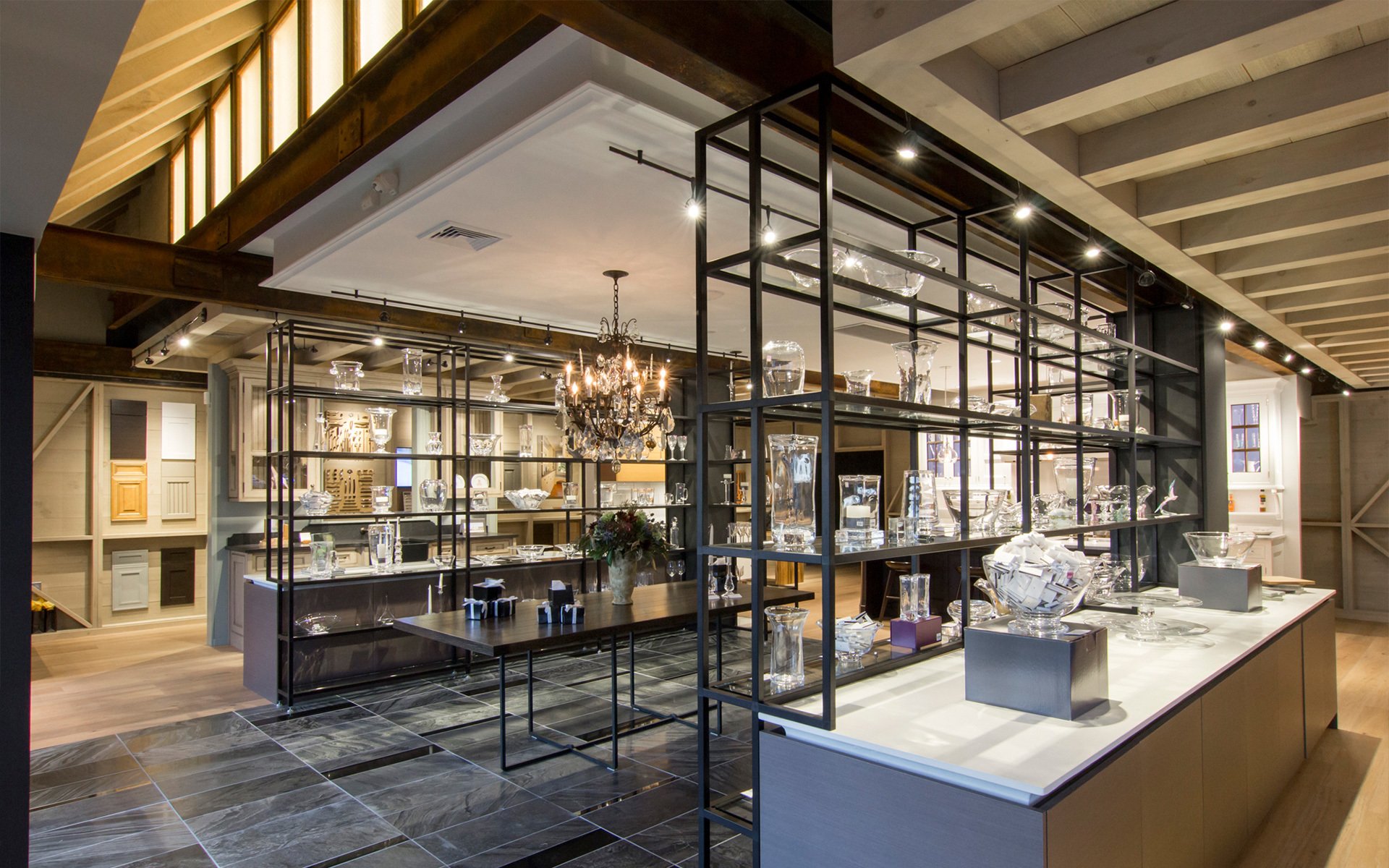The Dana Thomas House Dining Room is a stunning example of the Prairie Style architecture designed by the renowned architect Frank Lloyd Wright. Located in Springfield, Illinois, this historic home is a must-visit for anyone interested in interior design, the Arts and Crafts movement, and the influence of Japanese design on Western architecture. In this article, we will take a closer look at the top 10 features of the Dana Thomas House Dining Room that make it a true masterpiece. Introduction
The Dana Thomas House Dining Room is a perfect representation of Frank Lloyd Wright's design philosophy. This style emphasizes horizontal lines, natural materials, and a seamless integration with the surrounding landscape. The dining room features a low ceiling, warm color palette, and geometric patterns that are characteristic of Wright's Prairie Style. Frank Lloyd Wright's Design
The Prairie Style architecture was developed in the late 19th and early 20th centuries by Frank Lloyd Wright and his contemporaries. It is characterized by low-pitched roofs, horizontal lines, and an emphasis on natural materials such as wood, stone, and brick. The Dana Thomas House Dining Room is a prime example of this style, with its use of oak furniture and earthy color scheme. Prairie Style Architecture
The Dana Thomas House is located in Springfield, the capital city of Illinois. This charming Midwestern city is also home to other historic sites, such as the Lincoln Home National Historic Site and the Old State Capitol. Visitors to Springfield can easily spend a day exploring the city's rich history and culture. Springfield, Illinois
The Dana Thomas House was built in 1902 for socialite and women's rights activist Susan Lawrence Dana. It is one of the best-preserved examples of Frank Lloyd Wright's Prairie Style architecture and is listed on the National Register of Historic Places. The house was donated to the state of Illinois in 1981 and has been open to the public for tours since then. Historic Home
The interior design of the Dana Thomas House is a testament to Frank Lloyd Wright's genius. Every detail, from the furniture to the stained glass windows, was carefully designed by Wright himself. The dining room is a perfect example of this, with its unique light fixtures, built-in buffet, and custom-made oak furniture. Interior Design
The Arts and Crafts movement was a design and social movement that flourished in the late 19th and early 20th centuries. It emphasized the importance of handcrafted items and rejected the mass-produced, machine-made goods of the Industrial Revolution. The Dana Thomas House, with its handcrafted furniture and attention to detail, is a prime example of the Arts and Crafts movement. Arts and Crafts Movement
One of the most striking features of the Dana Thomas House Dining Room is its stained glass windows. These windows were designed by Frank Lloyd Wright and feature abstract geometric patterns in vibrant colors. They not only provide beautiful natural light but also add a touch of artistry to the room. Stained Glass Windows
The Dana Thomas House Dining Room is furnished with custom-made oak furniture designed by Frank Lloyd Wright. This furniture is not only functional but also serves as a work of art. The chairs, tables, and built-in buffet all feature Wright's signature geometric patterns and add to the overall aesthetic of the room. Oak Furniture
Frank Lloyd Wright was greatly influenced by Japanese design, and this influence is evident in the Dana Thomas House Dining Room. The low ceiling, use of natural materials, and emphasis on simplicity and harmony all reflect the principles of Japanese design. This blending of Eastern and Western styles is a hallmark of Wright's work and makes the Dana Thomas House truly unique. Japanese Influence
The Dining Room: An Integral Part of the Dana Thomas House Design

Preserving the Legacy of Frank Lloyd Wright
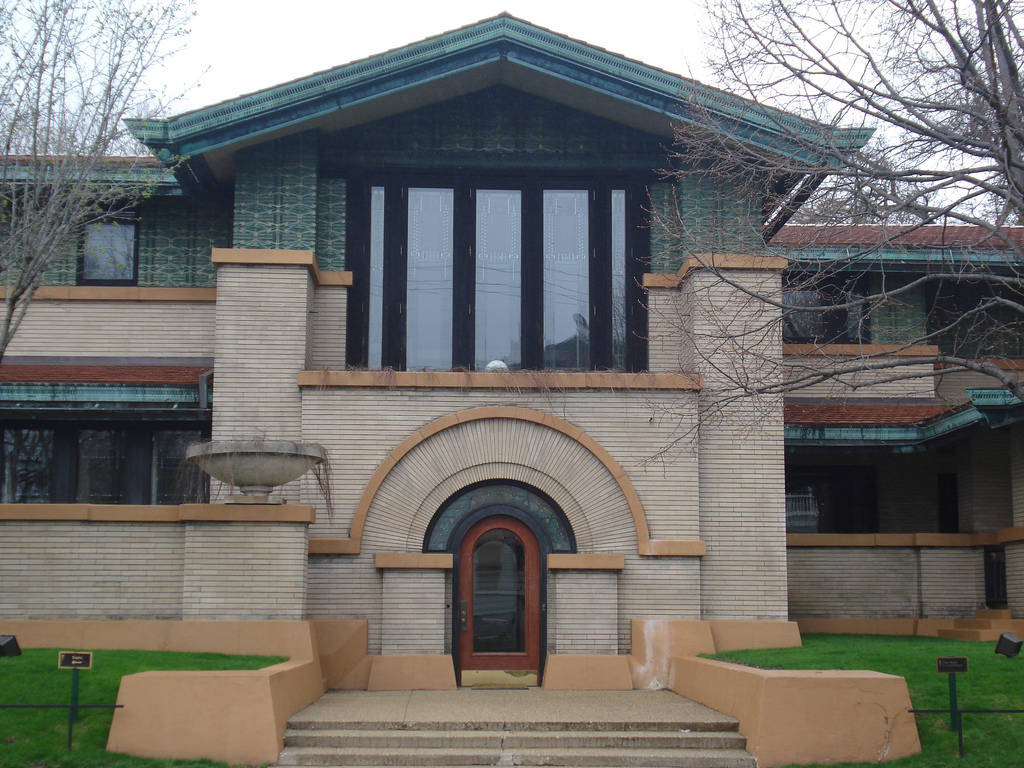 The Dana Thomas House, designed by renowned architect Frank Lloyd Wright, is a masterpiece of Prairie-style architecture. The house, located in Springfield, Illinois, was completed in 1904 and is a testament to Wright's innovative and influential designs. The dining room of the house is one of its most striking features, showcasing Wright's signature style and attention to detail.
The Dana Thomas House, designed by renowned architect Frank Lloyd Wright, is a masterpiece of Prairie-style architecture. The house, located in Springfield, Illinois, was completed in 1904 and is a testament to Wright's innovative and influential designs. The dining room of the house is one of its most striking features, showcasing Wright's signature style and attention to detail.
Design Elements of the Dining Room
 The dining room of the Dana Thomas House is a prime example of Wright's philosophy of "organic architecture," which aimed to create harmony between the natural environment and the built environment. The room is designed to resemble a Japanese teahouse, with low ceilings, simple lines, and a sense of intimacy. The walls are made of Cherokee red brick, a signature material used by Wright in many of his designs.
The main focal point of the room is the large fireplace, which is adorned with intricate geometric patterns and features a built-in bench for seating.
The fireplace is not only functional but also serves as a work of art, showcasing Wright's belief that every element of a building should have a purpose and be visually appealing.
The dining room of the Dana Thomas House is a prime example of Wright's philosophy of "organic architecture," which aimed to create harmony between the natural environment and the built environment. The room is designed to resemble a Japanese teahouse, with low ceilings, simple lines, and a sense of intimacy. The walls are made of Cherokee red brick, a signature material used by Wright in many of his designs.
The main focal point of the room is the large fireplace, which is adorned with intricate geometric patterns and features a built-in bench for seating.
The fireplace is not only functional but also serves as a work of art, showcasing Wright's belief that every element of a building should have a purpose and be visually appealing.
The Role of Light and Nature
 One of the most striking features of the dining room is the large leaded glass windows that line the walls. These windows not only provide natural light but also offer views of the surrounding landscape, seamlessly integrating the interior and exterior spaces.
The use of natural light was a key aspect of Wright's designs, as he believed it created a sense of harmony and connection with the environment.
The use of natural materials and elements of nature is also evident in the dining room's furnishings. The chairs, designed by Wright himself, feature a tree branch motif, and the centerpiece of the room is a large oak table, further emphasizing the connection to the natural world.
One of the most striking features of the dining room is the large leaded glass windows that line the walls. These windows not only provide natural light but also offer views of the surrounding landscape, seamlessly integrating the interior and exterior spaces.
The use of natural light was a key aspect of Wright's designs, as he believed it created a sense of harmony and connection with the environment.
The use of natural materials and elements of nature is also evident in the dining room's furnishings. The chairs, designed by Wright himself, feature a tree branch motif, and the centerpiece of the room is a large oak table, further emphasizing the connection to the natural world.
A Timeless Design
 The dining room of the Dana Thomas House is not only a reflection of Wright's design principles but also a testament to his timelessness. Over a century since its completion, the dining room remains a stunning example of Prairie-style architecture and continues to inspire architects and designers to this day. Its beauty and functionality serve as a reminder of the enduring legacy of Frank Lloyd Wright and his impact on the world of architecture.
In conclusion, the dining room of the Dana Thomas House is not just a room for meals, but a work of art that perfectly embodies Wright's philosophy and design principles.
Its unique blend of natural and man-made elements creates a space that is both functional and visually striking, making it an integral part of the overall design of the house. Visitors to the Dana Thomas House will undoubtedly be captivated by the dining room, a true masterpiece of architectural design.
The dining room of the Dana Thomas House is not only a reflection of Wright's design principles but also a testament to his timelessness. Over a century since its completion, the dining room remains a stunning example of Prairie-style architecture and continues to inspire architects and designers to this day. Its beauty and functionality serve as a reminder of the enduring legacy of Frank Lloyd Wright and his impact on the world of architecture.
In conclusion, the dining room of the Dana Thomas House is not just a room for meals, but a work of art that perfectly embodies Wright's philosophy and design principles.
Its unique blend of natural and man-made elements creates a space that is both functional and visually striking, making it an integral part of the overall design of the house. Visitors to the Dana Thomas House will undoubtedly be captivated by the dining room, a true masterpiece of architectural design.
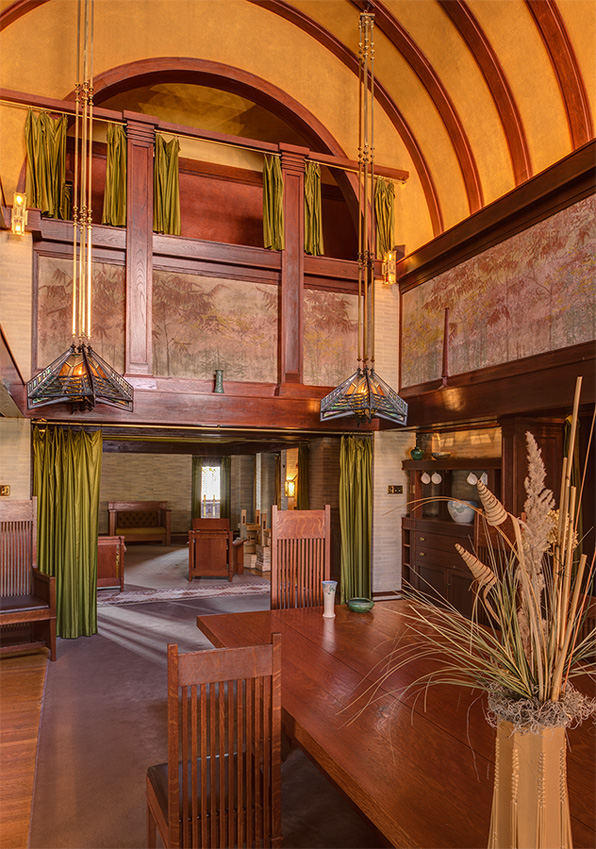















/cdn.vox-cdn.com/uploads/chorus_image/image/53840255/StudioReception_Caulfield_HiRes_copy.0.jpg)




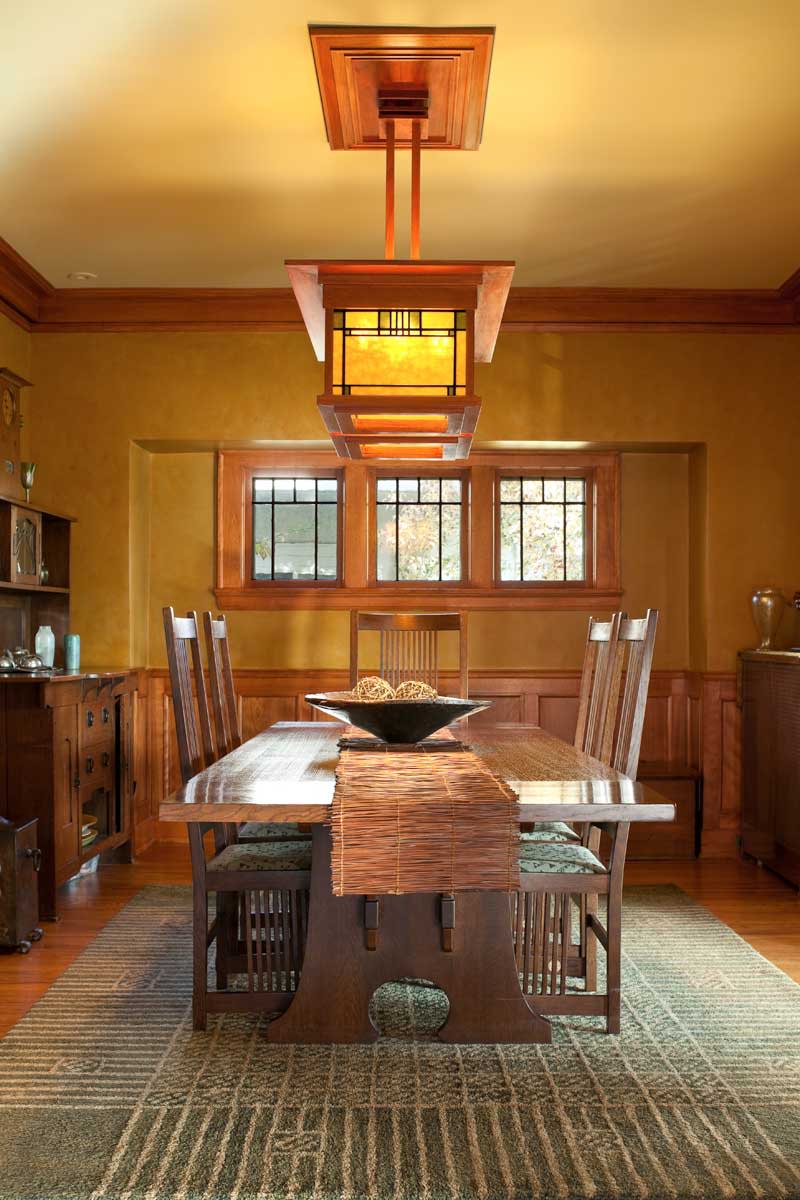




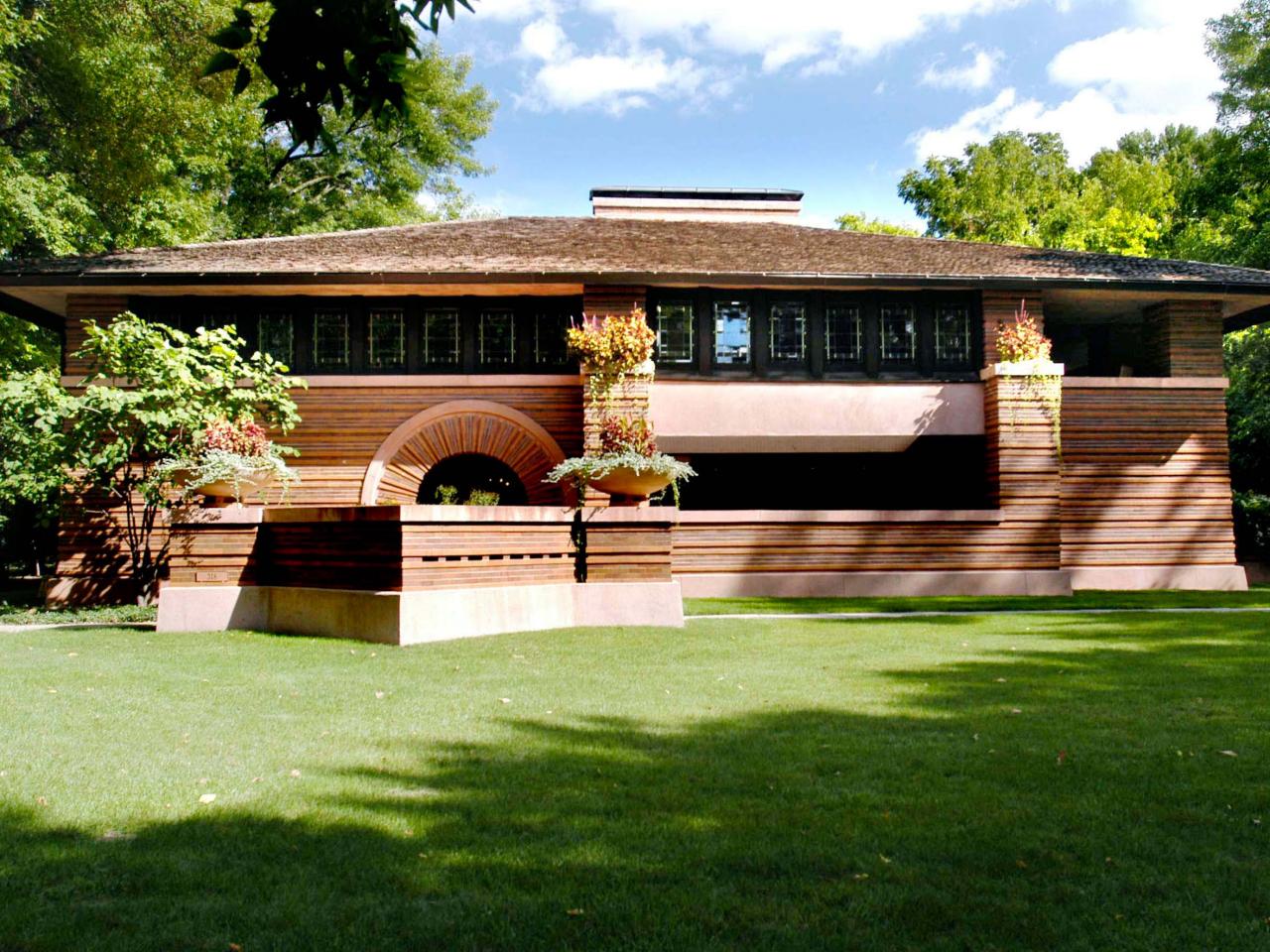

:max_bytes(150000):strip_icc()/GettyImages-543606981-8292c054642044a9805e5147eb7e86bc.jpg)
















:no_upscale()/cdn.vox-cdn.com/uploads/chorus_asset/file/19522064/muted_hues.jpg)


/cdn.vox-cdn.com/uploads/chorus_image/image/66227290/IMG_6656_1.0.jpg)
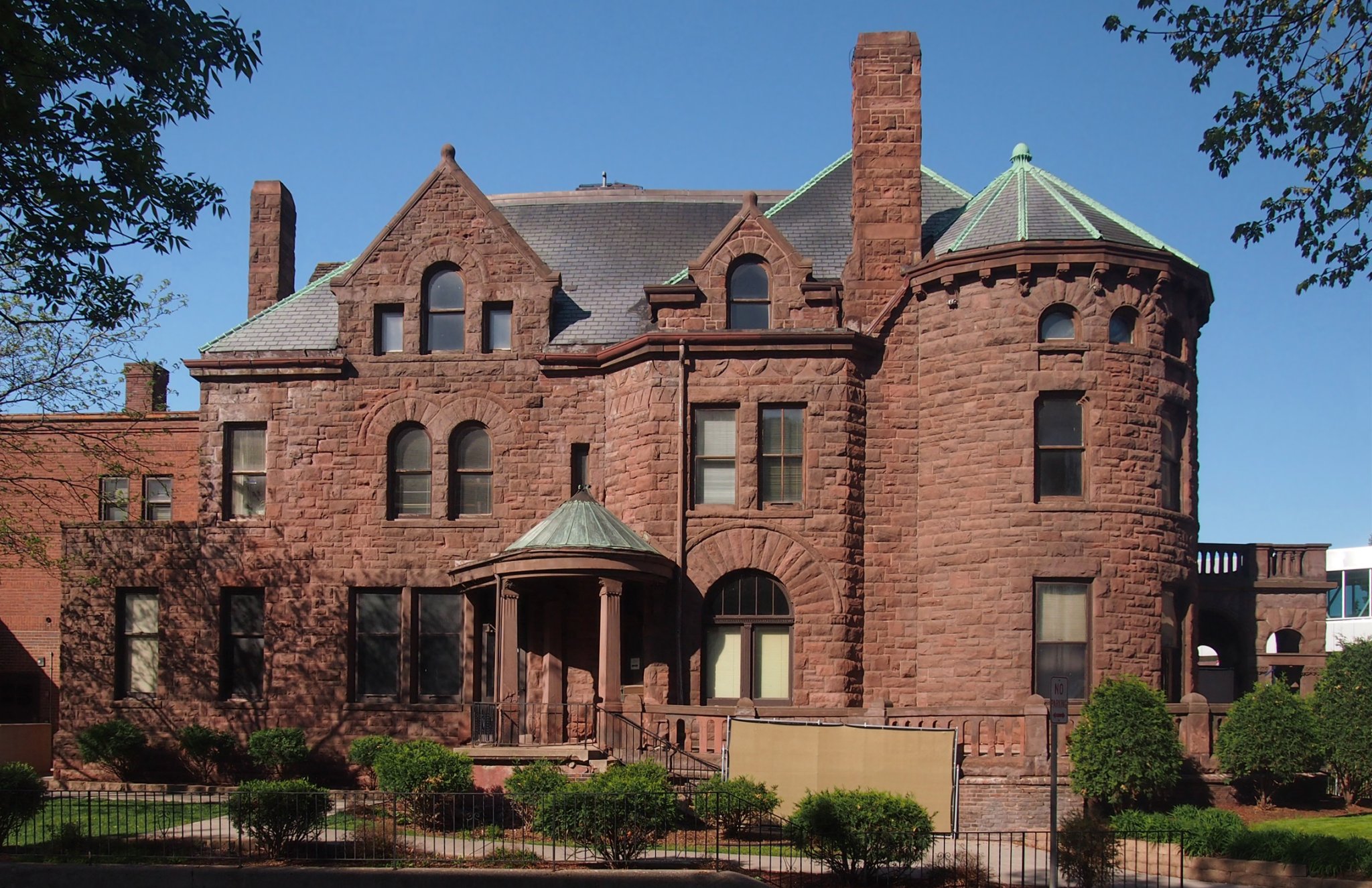











.jpg)
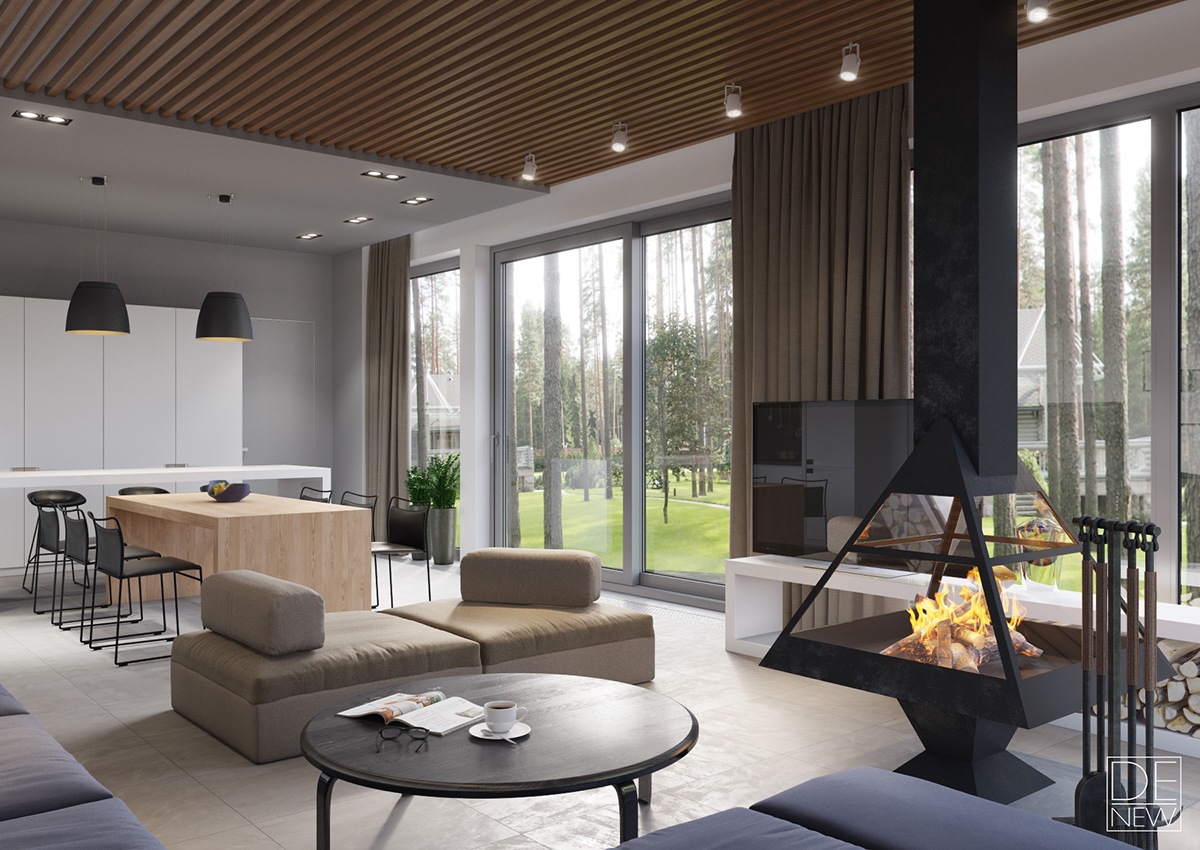





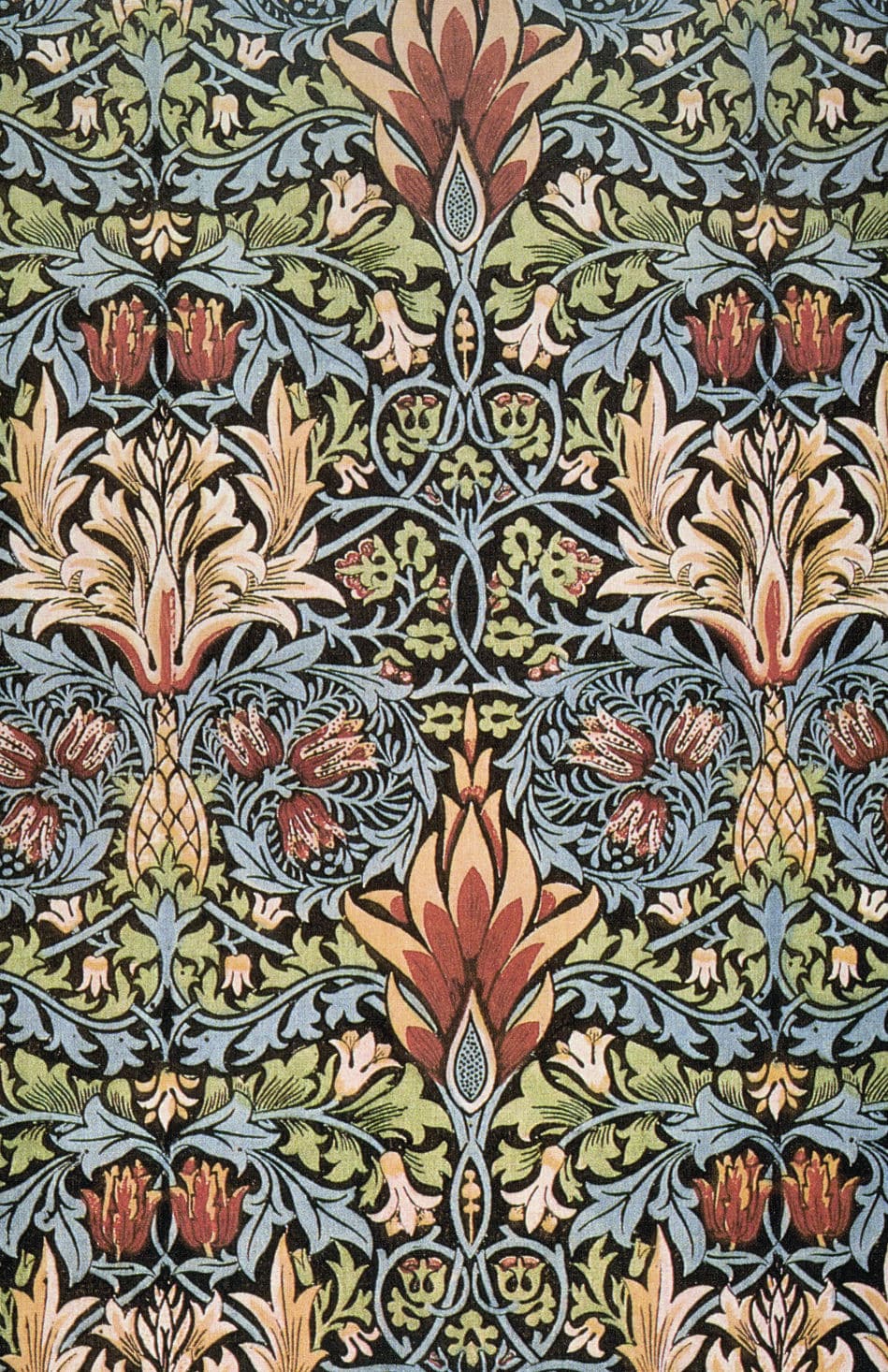


/GettyImages-157559211-5bf58f10c9e77c0051712b51.jpg)





